As electoral sails shift in the dynamic political winds of West Bengal, two factors may still change the electoral equations are how the BJP fares this time and how Muslims are going to vote. Mayank Mishra reports.
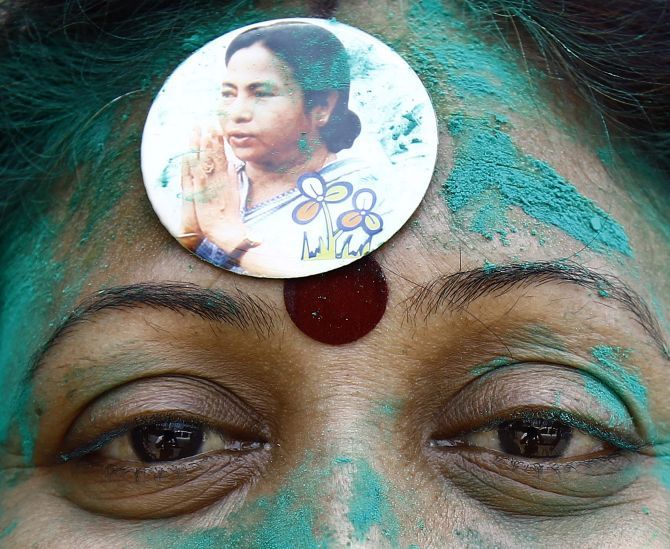
With the central committee of the Communist Party of India-Marxist deciding to join hands with "democratic forces", the decks have been cleared for the CPI-M-led Left Front to have some sort of an understanding with the Congress to take on Mamata Banerjee's All India Trinamool Congress in the forthcoming assembly elections in West Bengal.
Only a few days ago, the state committee of the CPI-M had taken a decision with an overwhelming majority to have an alliance with the Congress. Only 11 of the 73-member state committee had opposed the move to have such an alliance.
While a formal response from the Congress is awaited, there are indications that the two political groups may just stop short of formal alliance but may go in for what is known as the Siliguri model.
In local body elections in Siliguri last year, Congress and Left workers had worked in tandem and registered a win. From then on, state unit leaders of the Left and the Congress have been openly advocating the use of the same model in the assembly elections too.
What has brought the two erstwhile foes to come together now? The magic of numbers perhaps, and the fear of further isolation if the two political groups contest separately against the powerful AITC.
"What is important to note that in the last two elections -- 2011 assembly and 2014 Lok Sabha -- there is very little change in the vote share of the Congress. It has been slightly under 10 per cent both the times. If it gets added to any of the two groups -- the Left or the AITC -- it makes a lot of difference," says Kolkata-based political analyst Rajat Roy.
Vote share numbers are indeed compelling. In the 2014 Lok Sabha elections, the Left Front could win just two seats with a vote share of almost 30 per cent. Assembly constituencies wise, the Front led in only 28 segments.
The Congress, with a vote of little under 10 per cent, also led in 28 assembly segments.
The combined vote share of the two come close to the Trinamool's vote share of 39 per cent in the same elections. With a vote share of nearly 40 per cent, the Trinamool led in as many as 216 of the total 294 assembly segments in the state.
In the 2011 assembly elections, the Congress and the Trinamool contested together and won a staggering 227 seats with a combined vote share of 48 per cent. The Left could win just 62 seats with 41 per cent votes.
"With some understanding between the Congress and the Left, the entire dynamics may change," argues Roy.
Analysts argue that once the alliance is in place, it may open up several possibilities.
One, there is likely to be consolidation of anti-AITC votes.
Two, a chunk of anti-AITC votes that may have gone to the Bharatiya Janata Party as both the Left and Congress separately were perceived to be no match for the Trinamool in the Lok Sabha elections is likely to come back to the Left-Congress fold.
"With the index of opposition going up, it will put the ruling party in a tight spot. The Congress-Left combine will certainly improve its performance in urban areas and may attract some young voters," argues Rabindra Bharati University's Sabyasachi Basu Roy Chaudhury.
What can, however, spoil the prospect of the coming together of the erstwhile foes is the deep division among their core bases.
"For generations of voters, the Congress and the Left have always been in opposite camps. It will be very hard for them to reconcile their differences now. And it raises doubts about the transfer of votes from either side," observes Roy Chaudhury.
The two factors that may still change political equations are how the BJP fares this time and how Muslims are going to vote, say experts.
The BJP had polled just 4 per cent votes and won no seat in the 2011 assembly elections. However, just three years later, in the 2014 Lok Sabha elections, its vote share touched 17 per cent and the party established lead in as many as 22 assembly segments.
Experts Business Standard spoke to are of the view that the BJP is unlikely to repeat its 2014 performance.
"The BJP's vote share is bound to come down this time. By how much is a matter of conjecture as there is no wave now as was the case in 2014," says a Kolkata-based political observer. He requested not to be named.
Another major factor is how the Muslims will end up voting.
According to the Centre for the Study of Developing Societies survey, the erosion of Left's support base among Muslims started in 2009 Lok Sabha elections itself when it got just 36 per cent of the votes of the minority community.
Since then, the Trinamool has secured more Muslim votes than the Left.
What may go against the Trinamool as far as its popularity among Muslims is concerned is a recent report that says that there has been little change in the socio-economic status of Muslims since 2011.
The report was prepared by two Kolkata-based research organisations, Association SNAP and Guidance Guild, in association with Nobel Laureate Amartya Sen's trust -- Pratichi India.
"The report may have some impact as it has been released just a few months before the elections. It is quite likely that the Congress and Left may be able to increase its support among Muslims," observes Roy. Muslims constitute nearly 27 per cent population of West Bengal.




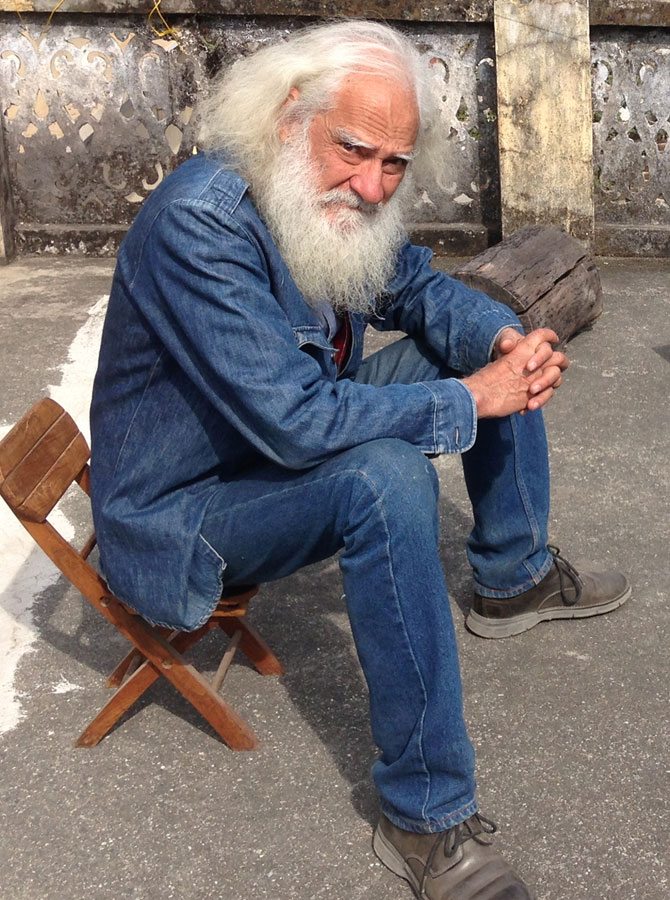


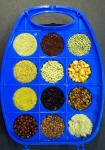

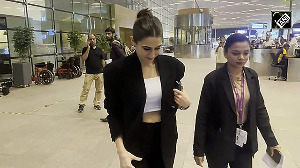

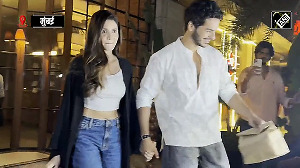
 © 2025
© 2025